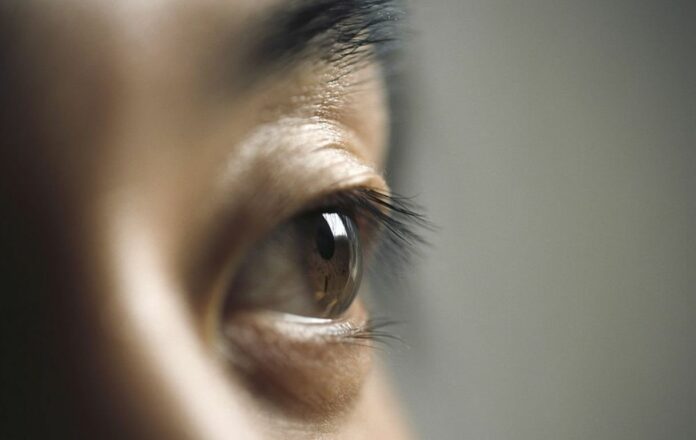A new kind of gene therapy may help doctors treat hereditary types of blindness better since it uses the same nanotechnology that made it possible to create mRNA-based COVID-19 vaccines.
A team of researchers from Oregon Health & Science University and Oregon State University found a method for delivering strands of messenger ribonucleic acid, or mRNA, within the eye using lipid nanoparticles, which are small, lab-made balls of fat.
The mRNA will be programmed to produce proteins that correct gene mutations that cause blindness.
The team shows how their lipid nanoparticle delivery method targets light-sensitive eye cells known as photoreceptors in both mice and nonhuman primates in a paper that was just published in Science Advances.
The researchers identified a peptide that is attracted to photoreceptors, which they used to coat the nanoparticles of the system.
The study’s lead author, Gaurav Sahay, compared the peptide to a “zip code and the lipid nanoparticles” to an envelope that delivers gene therapy in the mail.
“The peptide ensures mRNA is precisely delivered to photoreceptors — cells that we haven’t been able to target with lipid nanoparticles until now.”
“More than 250 genetic mutations have been linked to inherited retinal diseases,” adds co-author Renee Ryals, “but only one has an approved gene therapy.”
“Improving the technologies used for gene therapy,” according to the co-author, “can provide more treatment options to prevent blindness. Our study’s findings show that lipid nanoparticles could help us do just that.”
The first gene therapy to cure a hereditary type of blindness was authorized by the Food and Drug Administration in 2017. Getting the therapy, which is sold under the brand name Luxturna, has helped many people see better and kept them from going blind. It delivers gene-revising molecules using a modified form of the adeno-associated virus, or AAV.
AAV is a major component of gene treatments used today, however it has several drawbacks. Due to its tiny size, the virus cannot physically house the gene-editing tools necessary to correct certain complicated mutations. And since AAV-based gene therapy can only transfer DNA, it constantly generates gene-editing molecules, which might result in unexpected genetic changes.
Since lipid nanoparticles are not limited in size like AAV, they are a possible option. Additionally, since mRNA only keeps gene-editing machinery active for a short spell, lipid nanoparticles have the potential to avoid off-target changes.
The effectiveness of mRNA-based COVID-19 vaccines, which also employ lipid nanoparticles to transport mRNA, further demonstrated the promise of lipid nanoparticles.
Because they can be made quickly and in large amounts, they were also the first vaccines approved for COVID-19 in the United States.
In this work, Sahay, Ryals, and colleagues showed that photoreceptor cells in the retina, the tissue in the back of the eye that provides vision, may be targeted by a peptide-covered lipid nanoparticle shell.
As a first proof of concept, nanoparticles were filled with mRNA that told the cell to make green fluorescent protein.
The study team employed a number of imaging tools to analyze the treated eyes of mice and nonhuman primates after administering this nanoparticle-based gene therapy model into their eyes.
The green glow in the animals’ retinal tissue showed that the lipid nanoparticle shell got to the photoreceptors and that the mRNA it carried got into the retina and made green fluorescent protein.
This study is significant since it is the first to demonstrate that lipid nanoparticles may specifically target photoreceptors in nonhuman primates.
To determine how much of the green fluorescent protein is expressed in animal retinal models, the researchers are now engaged in follow-up investigation.
They are also trying to make a therapy that uses mRNA, which carries the code for molecules that can change genes.
Source: 10.1126/sciadv.add4623
Image Credit: Getty
